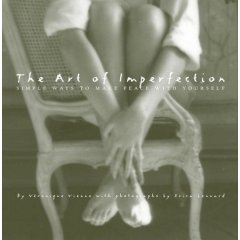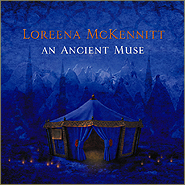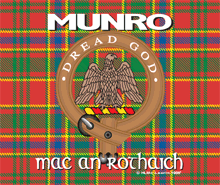Growing up as kids in North Dakota, my friends and I certainly didn't observe Beltane like the Celts, or frolic on May Day like English village folk. We didn't even have the flowering May baskets that are common May Day greetings in the U.S.
We did, however, make candy May baskets. I chose the photo above because it reminds me of the candy baskets we used to make. We would take a paper cup, much like the one above, add a pipe cleaner handle, and fill it with candy. Or, we would take an ordinary square paper napkin in a pastel color like mint green or yellow. We would open it up, add a handful of small candies, gather the edges together and tie it with a curling ribbon. We would deliver the "baskets" to the recipient's doorstep, ring or knock, then try to run out of sight before the door opened.
Although I received neither a flower or candy basket this morning, I did get a May Day gift. Vicki, a stranger until this morning, posted a comment on my Beltane essay. Naturally, I had to check out her blog. The first thing I saw was the full-length video for "Huron Beltane Fire Dance", for which I had given a pitiful one-minute audio link. Of course, I had to borrow her idea, so I posted the video to my blog too. The video is of Michael Flatley performing a dance to McKennett's music, with the cast of "Riverdance" (or "Lord of the Dance," I'm not quite sure.) I also found McKennitt's version of the video, so I had to post that too. To view either/both, just look at the top right side of my blog and click on the video you want to watch.
I prefer McKennitt's video. First, because even though I am mesmerized by Flatley's dancing, I can never look at him without thinking "Mr. Obnoxiously Swelled Head". Also, the dancers in McKennitt's video are authentic amateur Celtic dancers. Plus, you also get to have a look at Loreena, one of my most admired singers.
Vicki's blog, Victoria Station, (http://camlann.spaces.live.com/) was a treat in so many other ways that it made me late getting out of the house this morning. I mentioned that she was a stranger until this morning. Now I consider her a friend and more - a kindred spirit, a soul sister, an Anam Cara. We both love rubber stamps, collage, altered art, journaling, letter writing, historical fiction, children's literature, all things British, Pre-Raphaelite painters, ephemera, etc. etc. She also has links to some wonderful new (to me) programs, but I will address them later. What a great start to the month of May!
Happy May Day, Everyone!

































